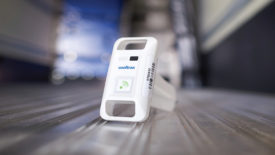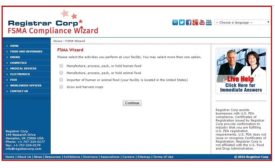Home » Keywords: » FSMA readiness
Items Tagged with 'FSMA readiness'
ARTICLES
ReposiTrak Marks First, Fully Automated FSMA 204 Traceability KDE Record Creation
The world’s first no-scan receiving and shipping Key Data Element (KDE) records were assembled successfully, a milestone in food traceability.
August 25, 2023
Implications of the Food Safety Modernization Act
Maintaining food quality doesn’t end at the processor’s dock. Food processors can do their part to ensure food safety during the transportation phase of the cold chain.
January 24, 2017
Get our new eMagazine delivered to your inbox every month.
Stay in the know on the latest food and beverage manufacturing markets.
SUBSCRIBE TODAYCopyright ©2024. All Rights Reserved BNP Media.
Design, CMS, Hosting & Web Development :: ePublishing










